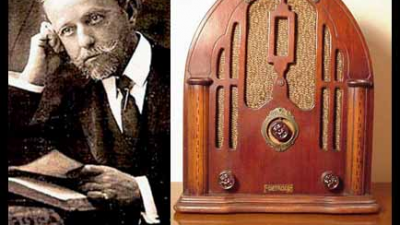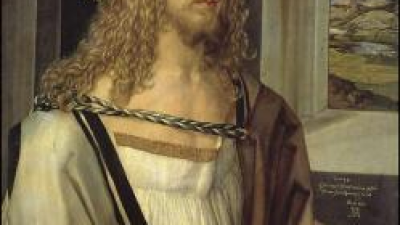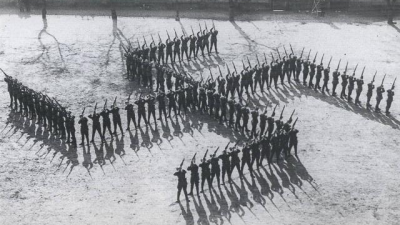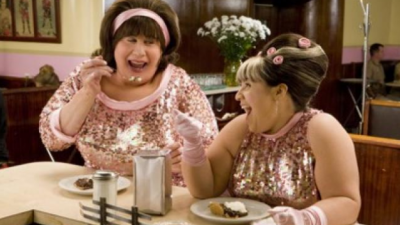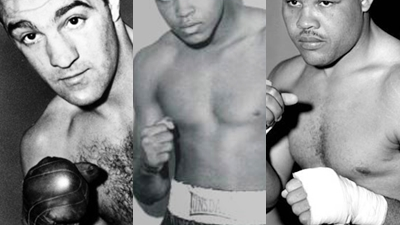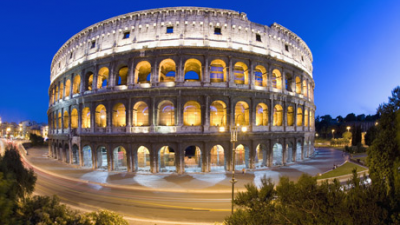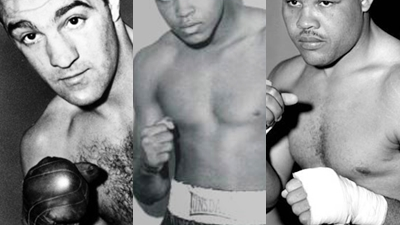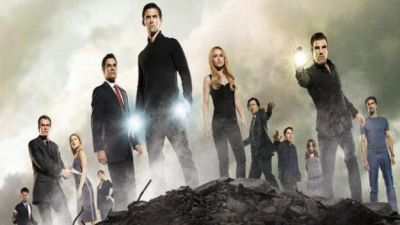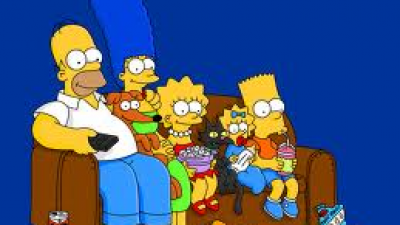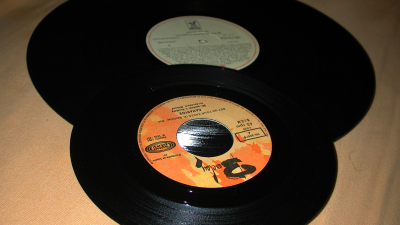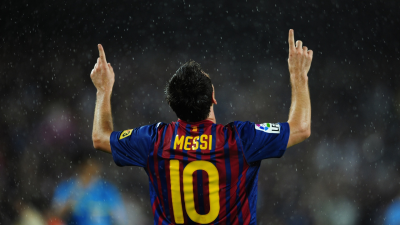Characters that changed the history of the world
|
NEWS
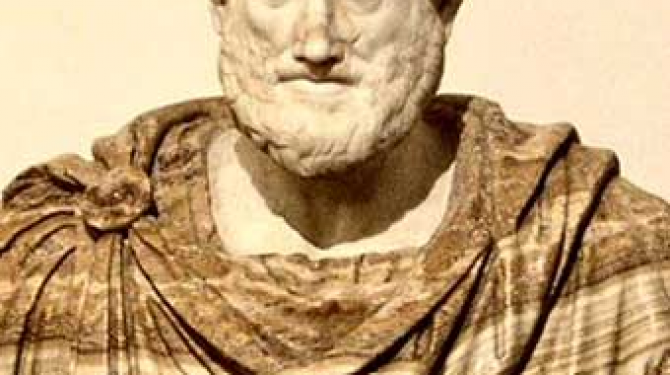
Source: listas.20minutos.es
Who do you think has changed the history of the World?
TOP 29:
ADAM SMITH
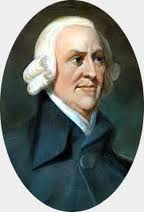
1723 Born in Kirkcaldy, Scotland. 1737 He studied at the University of Glasgow. 1748 He teaches as an assistant professor of rhetoric and literature in Edinburgh. Meet the philosopher David Hume, with whom he will maintain a lasting friendship. 1751 Professor of logic and later of moral philosophy at the University of Glasgow. 1759 Publishes Theory of moral feelings. 1763 He resigns his university post to become tutor to Henry Scott, third Duke of Buccleuch, whom he accompanies on a trip through Europe. During the trip he meets Voltaire and some French physiocrats. 1766 Starts the essay on the wealth of nations. Resides alternately in Kirkcaldy and London 1776 Publishes Essay on the wealth of nations, pioneering work of economics understood as science. 1784 His mother dies. He begins to suffer serious health problems. 1787 He is appointed honorary rector of the University of Glasgow. 1790 Dies in Edinburgh.
TOP 28:
DANTE ALIGHIERI
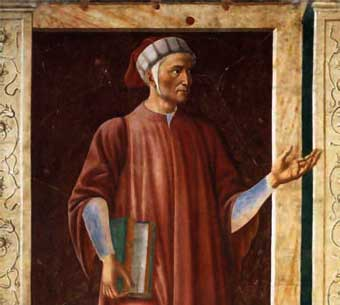
1265 Born in Florence. 1274 First encounter with Beatriz Portinari, the woman whom she loved and exalted as the supreme symbol of divine grace. 1285 Marries Gemma Donati. He studied at the University of Bologna. 1289 Participates in the battle of Campaldino against the Ghibellines. 1290 Death of Beatriz Portinari. 1293 Ends New Life. 1301 The "white" Guelphs are defeated and Dante is condemned to exile. 1302-1307 He begins to write El convite and Sobre la lengua vulgar, in which he defends the use of the vernacular language. 1308 begins to write the Divine Comedy, divided into three books or songs (Hell, Purgatory and Paradise), which tells the poet's journey to the realms of beyond the grave, accompanied by the Latin poet Virgil. 1312 Write Hell. 1315 Write Purgatory. 1318 The Treaty of Monarchy ends. Resides in the court of Guido de Polenta (Ravenna) 1321 Finishes the writing of Paradise, and dies in Ravenna.
TOP 27:
RAMSES II
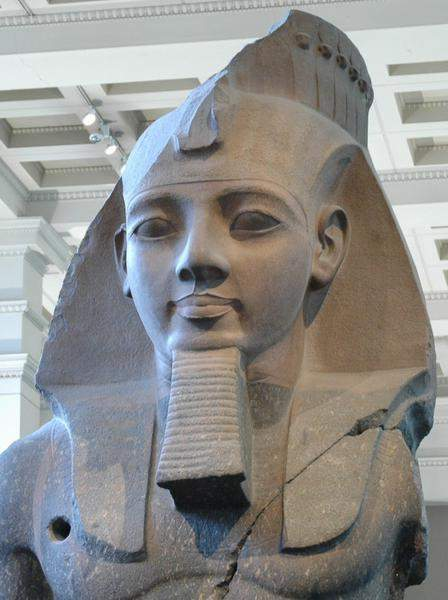
1314 BC Ramses I founded the nineteenth dynasty. 1301 BC Ramses II accesses the throne. 1300 BC Transfers the capital of Thebes to Tanis. 1298 BC He began his first military campaigns in Asia. 1294 BC Battle of Kadesh against the Hittites. 1278 BC Signature of the peace alliance with the Hittite King Hattusil. 1271 BC The construction of the temples of Abu Simbel, the tomb of Nefertari in the Valley of the Queens, his own tomb in the Valley of the Kings, the temple of Amun in Karnak and the temple of Osiris in Abydos begins. 1262 BC Nefertari dies. 1256 BC The works of the Abu Simbel temples are completed. 1235 BC After the death of Ramses II, Merenpta succeeded him.
TOP 26:
FRANCISCO DE GOYA
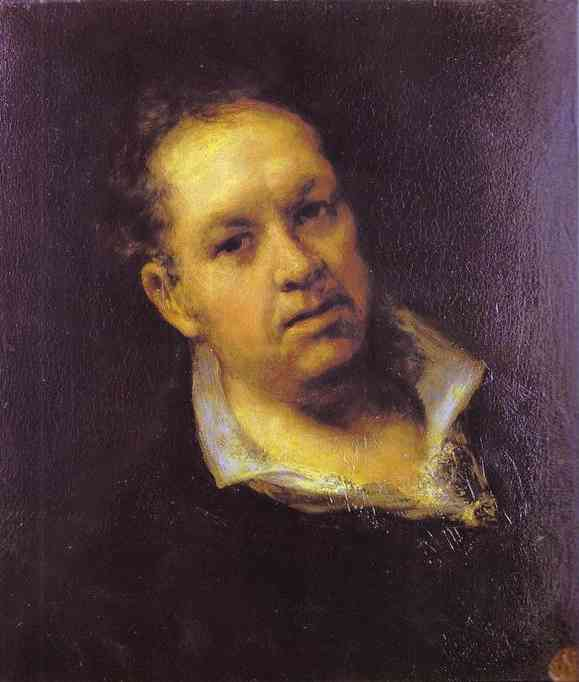
1746 Born in Fuendetodos, Zaragoza. 1759 He begins his apprenticeship with the painter José Martínez Luján. 1763 Moves to Madrid. 1770-1771 Travel through Italy. 1773 He marries Josefa Bayeu, sister of Francisco Bayeu, his teacher. 1775 He began his work as a cardmaker at the Royal Tapestry Factory. 1780 Enter the Royal Academy of San Fernando. 1789 Carlos IV is appointed camera painter. 1792 He goes deaf after suffering a long illness. 1800 Pinta The family of Carlos IV and portrays the Duchess of Alba. 1808 Joins general Palafox in Zaragoza and initiates the series of engravings The disasters of the war. 1812 Josefa Bayeu dies and initiates relations with Leocadia Weis, her housekeeper. 1814 Pinta The burden of the Mamluks in the Puerta del Sol in Madrid and the executions of May 3 on the mountain of Prince Pio in Madrid. 1819 He retires in «La Quinta del Sordo» and begins the series of so-called «black paintings». 1824 He exiles in the French city of Bordeaux. 1828 Dies in Bordeaux due to an attack of apoplexy.
TOP 25:
SIGMUND FREUD
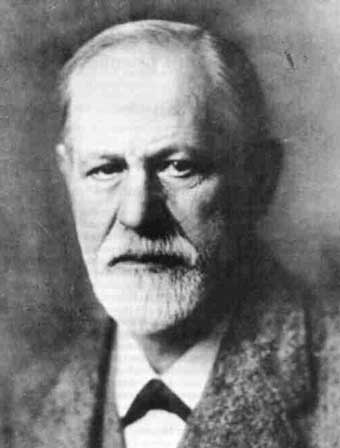
1856 Born in Freiberg (Czechoslovakia). 1859 Moves with his family to Vienna. 1885 Study with Jean Martin Charcot in Paris. 1895 Publishes his "Studies on hysteria" in collaboration with Breuer. 1900 Publishes "The interpretation of dreams". 1905 Publishes "Three contributions to sexual theory". 1908 The First Psychoanalytic Congress 1909 is held in Salzburg. He travels to the United States with his colleague Carl Gustav Jung. 1910 Foundation in Nuremberg of the International Society of Psychoanalysis. 1916 Publishes "Introduction to psychoanalysis". 1930 Publishes "Discomfort in culture." 1938 He moved to London in 1939 He died in London.
TOP 24:
GEORGE WASHINGTON
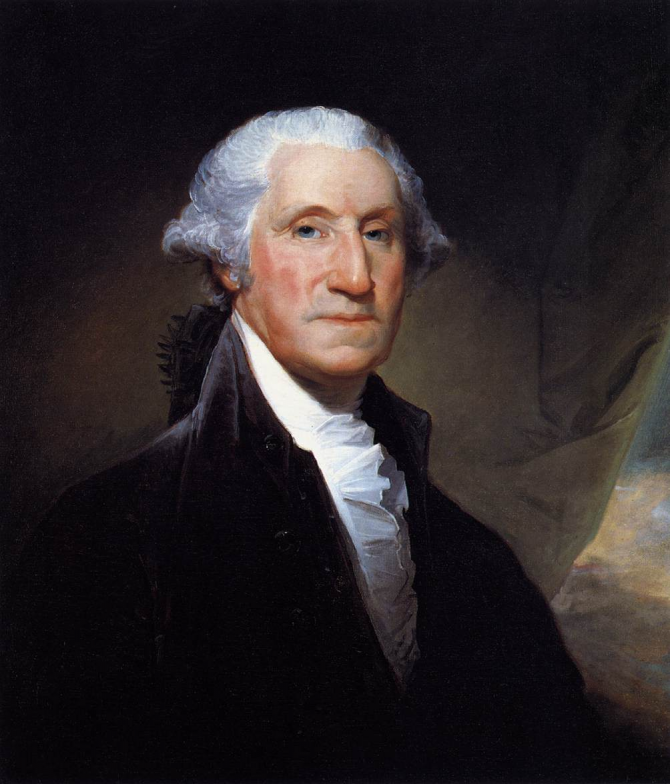
1732 Born in Westmoreland County, Virginia (United States). 1752 He enlists in the army. 1755 He is elected representative for the Chamber of Bourgeoisies of Virginia for the county of Frederic. 1756 Seven Years' War. 1759 Marries Martha Danbrigge, widow of Colonel Parke Custis. 1775 He is appointed commander-in-chief of the army. 1776 Proclamation of the independence of the United States. 1777 The English capitulate in Saratoga. 1781 Lord Cornwallis surrenders in Yorktown. 1787 The Constitution is enacted. 1789 He is elected first president of the nation. 1790 Creates the Bank of the United States. 1793 He is elected for a second term. 1794 Signing of the trade agreement with Great Britain, known as the Jay Treaty. 1799 Dies in Mount Vernon, Virginia (United States).
TOP 23:
DIEGO VELASQUEZ
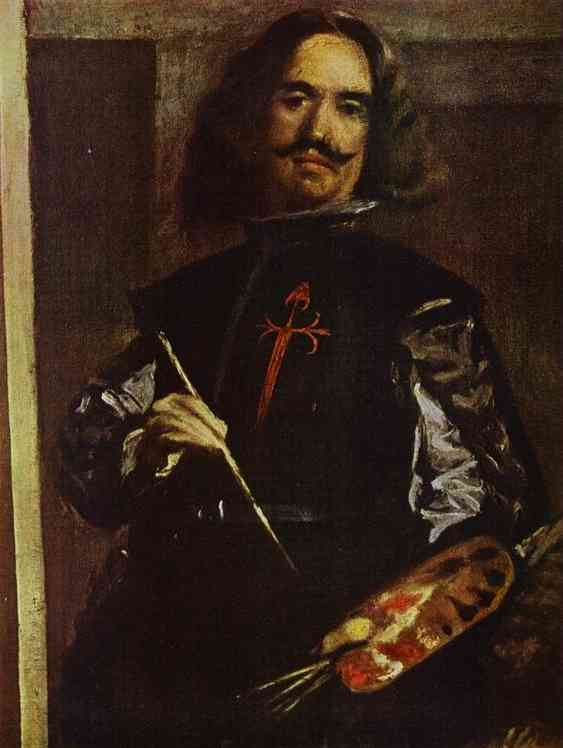
1599 Born in Seville. 1611 He enters as an apprentice in the workshop of the painter Francisco Pacheco. 1618 He marries Juana Pacheco, daughter of his teacher. Pinta La vieja frying eggs (National Gallery, Edinburgh) 1621 Pinta El aguador de Sevilla (Wellington Collection, London). 1622 Moves to Madrid. 1623 He is appointed painter of the court by the Count-Duke of Olivares. 1627 He is named "chamber usher", the first in a long series of honorary appointments. 1628 Meet Rubens, who encourages him to travel to Italy. 1629-31 First trip to Italy. Visit Genoa, Milan, Venice, Florence and Rome. 1633 He works in the decoration of the Hall of the Kingdoms of the Buen Retiro Palace. Of the different works prepared for the show, highlights The Surrender of Breda (Museo del Prado, Madrid). 1638 He takes care of the decoration of the Torre de la Parada, a hunting lodge located in El Pardo, for which he paints various portraits of courtiers in hunting suits. 1645-48 Realizes some works not commissioned of extraordinary level, like the Venus of the mirror (National Gallery, London). 1648-51 Second trip to Italy. He painted the Portrait of Pope Innocent X (Galleria Doria Pamphili, Rome) 1656 Pinta Las Meninas (Museo del Prado, Madrid). 1659 The Order of Santiago is granted. 1660 Dies in Madrid.
TOP 22:
LENIN
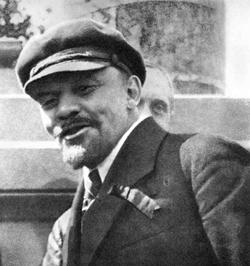
1870 Born in Simbirsk. 1887 Study law in Kazan. He is condemned for participating in an anti-Bolivian assembly and is expelled from the university. 1889 He is admitted to the law exams as an unofficial student at the University of St. Petersburg. 1895 Founding the Union for the Struggle for the Liberation of the Working Class. 1897 Banishment to Siberia. 1899 He wrote his first work The development of capitalism in Russia. 1900 The first exile in Switzerland begins 1903 He leads the Bolshevik faction of the Social Democratic Party of Russia. 1909 Publishes his philosophical work Materialism and Empirocriticism. 1917 Triumph of the October Revolution. 1918 Attack on his life. 1919 Founding Congress of the III International. 1922 Proclaims The Union of Soviet Socialist Republics. 1924 Dies in Gorky.
TOP 21:
PABLO NERUDA
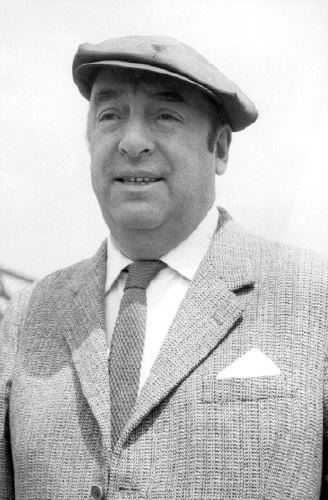
1904 Born in Parral. 1910-20 Study at the Liceo de Temuco. 1921 He moved to Santiago, where he studied for a French teacher at the Pedagogical Institute. 1923 Publishes his first volume of verses, Crepusculario. 1924 He published his most famous book of poems, Twenty poems of love and a desperate song. 1927 He began his diplomatic career in Rangoon (Burma). Meet Josie Bliss. 1928 He is appointed consul in Colombo (Sri Lanka). 1930 Married Marie Antoinette Hagenaar. 1932 Returns to Chile. 1934 He moved to Spain to take charge of the Chilean consulate, first in Barcelona and then in Madrid. Friendship with Federico García Lorca and the Spanish poets of the generation of 27. 1935 Directs the magazine Caballo verde for poetry. Post Residence on Earth. Meet Delia del Carril. 1936 The Spanish Civil War breaks out. Murder of Lorca. Neruda, ardent defender of the Republic, moves to Paris. After the defeat, he collaborated in the transfer of Spanish exiles to Chile. 1940 He is appointed consul of Chile in Mexico. 1946 Receives the National Prize for Literature. He participates actively in Chilean politics and is elected senator. 1949 He was forced into exile because of his opposition to the policy of President González Videla, who had ordered his arrest. 1950 Publishes Canto General. 1952 Returns to Chile. 1956 Separates from Delia del Carril to join Matilde Urrutia, her partner until the end of her days. 1957 His Complete Works are published for the first time. 1967 His dramatic work Fulgor y muerte by Joaquín Murieta was released in Santiago. 1970 The Communist Party nominates him for the presidency, but Neruda resigns and supports Salvador Allende. Allende wins the elections. Neruda is named ambassador in Paris. 1971 Receives the Nobel Prize for Literature. 1973 He died on September 23, twelve days after the coup d'état that overthrew Salvador Allende.
TOP 20:
JOHANNES GUTENBERG
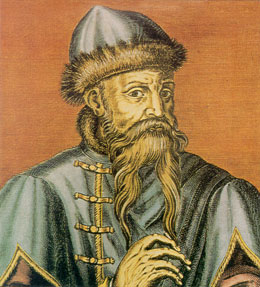
1400? Born in Mainz. 1434 Settles in Strasbourg. 1438 Gutenberg partners with Andreas Dritzehn to carry out printing experiments. 1439 He is sued and during the trial he reveals that he secretly works on an invention. 1448 Returns to his hometown again. 1450 He is associated with the German merchant and moneylender Johann Fust, creating a printing house where he probably began to print the great Latin sacred Bible, as well as smaller books. 1455 The printing of the 42-line Bible ends. Fust filed a lawsuit against Gutenberg, claiming the money he had invested in the company, so Gutenberg is forced to give up his participation in it. 1465 Adolfo II, archbishop of Mainz and elector of Nassau, becomes his patron, in recognition of his invention. 1467? He died in Mainz.
TOP 19:
WILLIAM SHAKESPEARE
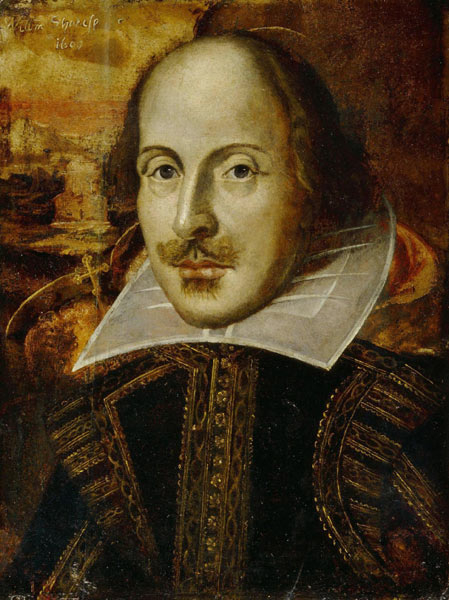
1564 Born in Stratford-upon-Avon. He is the third son of John Shakespeare and Mary Arden. 1582 Marries Anne Hathaway. The following year his daughter Susan was born and, two years later, the twins Judith and Hamnet. 1588-89 He moved to London, abandoned his wife and children, and wrote his first works. 1592 The plague forces to close the theaters and Shakespeare retires to Stratford. Possible stay in northern Italy. 1593-94 Publishes the poems Venus and Adonis and The Rape of Lucrezia, dedicated to Count Henry Wriothesley of Southampton, his protector. 1594 Reopening of the theaters. Shakespeare is already a member of the best company of the time, the Actor Company of Lord Chamberlain. 1597 His son Hamnet dies. His good economic situation as an entrepreneur of the company allows him to acquire New-Place, a house in Stratford. 1598 His company is installed in the new theater The Globe, of which Shakespeare is co-owner. 1600-01 Writes and releases Hamlet. 1603 The new king of England, James I, becomes the protector of the company of Shakespeare, which happens to be called King's Men (Men of the King). 1605-06 Write Macbeth and King Lear. 1609 His company opens a new room, the Blackfriars theater, of which Shakespeare is also co-owner. Their Sonnets are published without their authorization. 1611 Write The Tempest, his last work. He leaves the theater and retires to New-Place, his home in Stratford. 1616 Dies in his hometown.
TOP 18:
NAPOLEÓN BONAPARTE
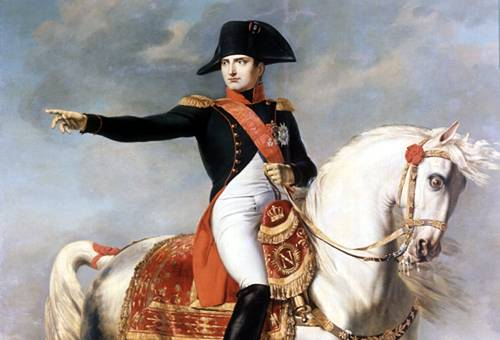
1769 Born in Ajaccio (Corsica). 1784 Cadet at the Military School of Brienne. 1785 Finished his studies at the Military School of Paris. 1789 Participates in the insurrection of Corsica. 1793 Gets promotion to brigadier general, for his merits of war. 1795 Save the National Convention (the French republican revolutionary government) from a Parisian insurrection. 1796 Appointed general-in-chief of the Italian army, he obtains numerous victories. He marries Josefina de Beauharnais. 1798-99 Campaigns of Italy and Egypt. 1799 Fails in the conquest of Syria and returns to France. Take power in France through a coup d'etat. He is named First Consul, with what happened to be the main ruler of France, with dictatorial powers. 1800 Beat Austria at the Battle of Marengo and consolidate his conquests in northern Italy. New Constitution 1802 He is appointed as a Life Consul. 1804 Coronado Emperor of the French at Notre Dame. 1805 Defeat Austria and Russia at the Battle of Austerlitz. 1806 Establishes the Confederation of the Rhine and goes on to control Poland. Create the Continental System, designed to block and ruin English commerce. 1807 Invades Portugal. 1808 Appoints King of Spain to his brother, José I. War of Independence of Spain and Portugal, which will last six years. 1809 Rome and the Papal States are annexed. Annulment of his marriage with Josefina. 1810 Marriage with Archduchess Maria Luisa of Austria, daughter of Emperor Franz I. 1812 Disastrous campaign in Russia. 1814 Abdicates as emperor and exiles on the island of Elba. 1815 Escape from Elba, return to France and take power. The European coalitions manage to defeat him in Waterloo. He is deported to the African island of Santa Elena. 1821 Dies on the island of Santa Elena.
TOP 17:
JULIUS CAESAR
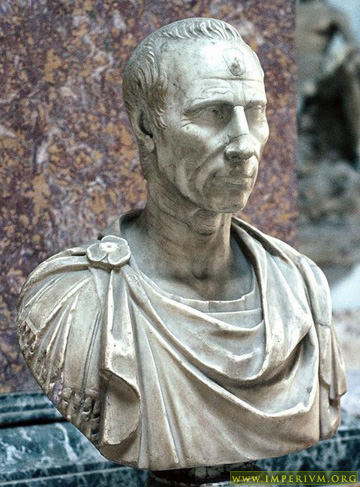
100 BC Born in Rome in the bosom of the gens Julia, family of illustrious lineage linked to the leader of the popular, Gaius Mario, uncle of Julius Caesar. 84 BC He married Cornelia. He is named flamen dialis or priest of Jupiter, which gives him a seat in the Senate. 82 BC Dictatorship of Sila. Persecution of the popular. 81 BC He refuses to comply with Sila's order to separate from Cornelia. Part to Asia Minor at the service of Governor Marco Minucio Thermo. Strong friendship with King Nicomedes IV of Bithynia. 78 BC Sila dies. Julio César returns to Rome. 74 aC Extensive knowledge of rhetoric in Rhodes. He is captured by pirates, from whom he takes revenge after being released. 73 BC Return to Rome. Start your political career. 68 BC His wife Cornelia dies and marries Pompeii, granddaughter of Sila. 65 BC Rapid progress in his political career, thanks to the financial support of Crassus. 62 BC Repudiates Pompeii for alleged adultery. 60 BC First triumvirate of César, Crassus and Pompey. 59 BC He married Calpurnia. He is elected consul. 58-51 BC He is appointed proconsul of Gaul. During the following seven years he directs military campaigns known as the Gallic War. 56 BC Renewal of the triumvirate at the Lucca meeting. 53 BC Crassus dies. Crisis of the triumvirate. 52 BC Decisive victory of Julius Caesar in Gaul, succeeding in crushing the rebellion of the Gauls commanded by Vercingetorix. Pompey is named consul sine colleague, which together with his other powers places him above Caesar. 50 BC The Senate orders Julius Caesar to license his troops and obey Pompey. 49 BC The Senate declares Caesar enemy of Rome. Julio César crosses the Rubicon with his troops and marches towards Rome: beginning of the civil war. 48 BC Beat Pompey in Farsalia, Thessaly. Pompey flees to Egypt, where he is killed. Julio César moves to Alexandria. Meet Cleopatra. 47 BC Defeat the supporters of Ptolemy and place Cleopatra on the throne of Egypt. Return to Rome, with absolute powers. 44 BC He died murdered.
TOP 16:
PABLO PICASSO
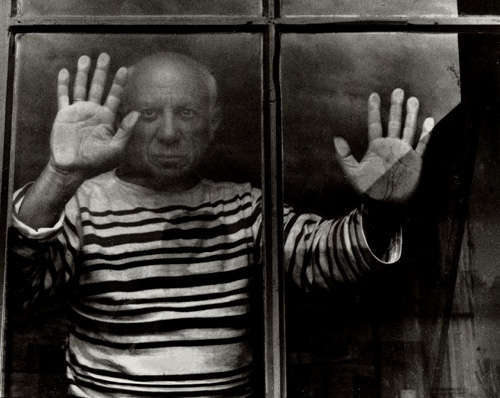
1881 Born in Málaga. 1895 He moved with his family to Barcelona. 1898 First solo exhibition at Els Quatre Gats, in Barcelona. 1900 First trip to Paris. 1901 Begins the blue period, named for the predominance of blue tones and characterized by its theme of pessimistic sign: human misery and marginalization are represented with slightly elongated figures. 1904 He settled permanently in Paris. The pink period begins, more vital, in which the circus theme predominates. 1907 He painted Les demoiselles d'Avignon, of such a revolutionary conception that the painting is rejected even by avant-garde painters and critics. 1908 First cubist paintings. 1912 First Papiers collés or collages. 1925 Although he never adhered to the Surrealist Movement, the first indications of the influence of this current on his works can be seen. 1931 Works on his first sculptures. 1937 Pinta el Guernica, a mural inspired by the bombing of this Basque city, for whose realization he sketched more than 60 preparatory drawings. 1944 Joins the French Communist Party. 1946 A stage dedicated to ceramics begins. 1958 Paints the mural The fall of Icarus for the Unesco building, in Paris. 1961 Moves into Mougins. 1973 Dies in Mougins.
TOP 15:
HENRY FORD
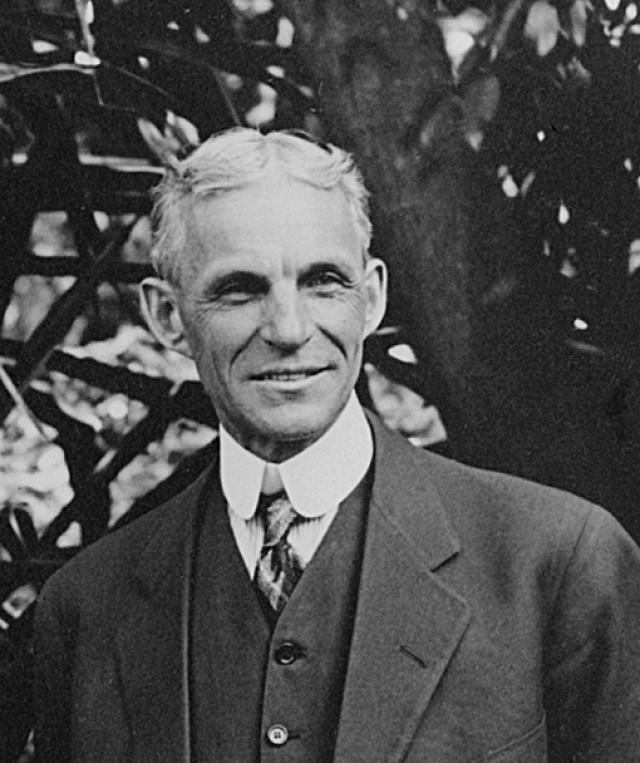
1863 Born in Dearborn, Michigan (USA). 1888 He works as a mechanic for steam engines. Marry Clara Jane Bryant. 1891 He starts working at the Edison Illuminating Company, where he will become a chief engineer. 1893 His son Edsel is born. 1896 Finishes his first "car without horses", which he had been designing and manufacturing in his spare time. 1903 He founded the Ford Motor Company with other partners, including brothers John and Horace Dodge. 1906 Divergences between partners. Ford takes control of the company by buying half of the shares. 1908 Puts on sale the first Ford T. 1915 Expresses its opposition to the First World War and sponsors pacifist actions, but lends its industrial might to the government when the United States enters the war. 1919 After a judicial confrontation with the Dodge brothers, he acquires almost all the shares of the company. 1920 Starts an anti-Semitic campaign in The Dearborn Independent that seriously damages his reputation. 1921 Launches the Fordson tractor. 1922 Buys the Lincoln Motor Company, whose address will be handled by his son Edsel. Start diversifying your investments. 1928 The T model is discontinued and replaced by the Ford A. 1929 Fabricates the V-8 model. 1939 Opposes again the participation of the United States in the war, and again lends its support to the government after the Japanese attack on Pearl Harbor. 1945 His grandson Henry Ford II succeeds him in the management of his companies. 1947 Dies in Dearborn.
TOP 14:
MIGUEL DE CERVANTES
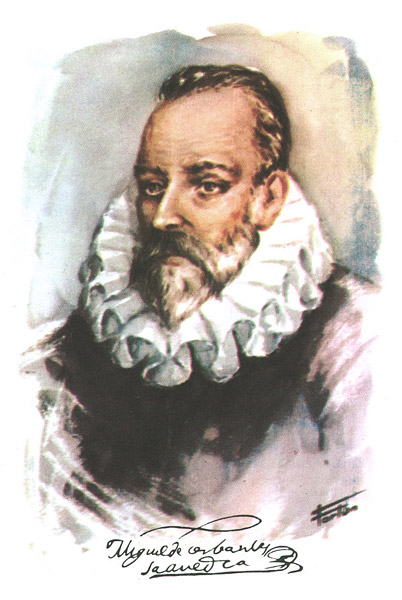
1547 Born in Alcalá de Henares, son of a prosperous family with possible convert ascendants. 1552 Moves with his family to Valladolid. 1566 Moves to Madrid. 1568 Attend the classes of the humanist J. López de Hoyos. 1569 Publishes his first poems in the true relationship of López de Hoyos. Enter the third of Don Miguel de Moncada. 1570 Participates in the battle of Lepanto. 1575 He becomes a prisoner of the Turks and spends five years in Algiers. 1580 He is released and returns to Spain. 1584 Premiere in Madrid of The Deals of Algiers and Numancia. It contracts marriage with Catherine of Salazar and Palacios. 1585 Publishes the pastoral work La Galatea. Write the first two comedies The comedy of confusion and Treaty of Constantinople and death of Selim (both disappeared). 1587 He entered the Imitatory Academy, the first literary circle in Madrid. Appointed real commissioner of supplies. 1603 Resides in Valladolid. 1605 The first part of El ingenioso hidalgo Don Quixote de La Mancha appears in Madrid. The second will do so in 1615. 1613 Publication of the exemplary novels. 1614 Publication of Viaje al Parmaso, work in verse. 1615 Publication of Comedies and hors d'oeuvres. 1616 Dies in Madrid and is buried in the convent of the Barefoot Trinitarians.
TOP 13:
CHARLES CHAPLIN
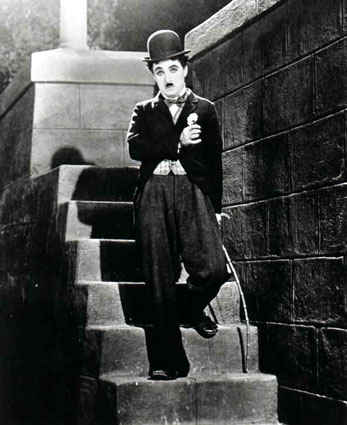
1889 Born in London. 1913 He arrives in Hollywood to work with Mack Sennett. 1914 His first movie Making a Living is released 1919 The United Artists production company is formed with Douglas Fairbanks, Mary Pickford and DW Griffith. 1920 The boy and divorce of Mildred Harris filming. 1925 Film La chimera del oro, after her wedding with Lita Gray. 1928 Receives an Oscar for his film El circo. 1940 Film The great dictator. 1943 Trial for the paternity of the daughter of the actress Joan Barry and wedding with Oona O'Neill. 1950 Suffers Maccarthist persecution and settled in Switzerland. 1952 Releases Candilejas, his most appreciated film of maturity. 1954 Receives the International Peace Prize. 1966 He films his latest film, The Countess of Hong Kong. 1972 Receives an Oscar for the entirety of his work. 1975 Receives the title of Sir. 1977 Dies in Corsier-sur-Vevey, Switzerland.
TOP 12:
ALEXANDER FLEMING
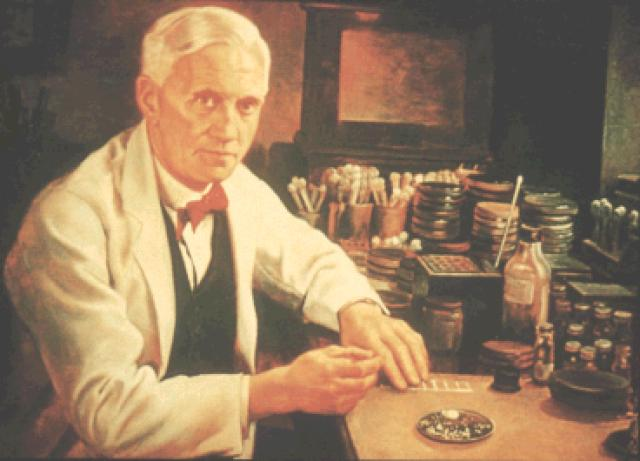
1881 Born in Lochfield, Great Britain. 1906 He starts working at Saint Mary's Hospital in London. 1921 Discover the inhibitory properties of lysozyme. 1928 He is appointed professor at the University of London. 1928 Discover penicillin. 1942 First treatment with penicillin by HW Florey. 1945 Gets the Nobel Prize in medicine, with HW Florey and EB Chain. He publishes his work Penicillin, its practical applications. 1955 Dies in London.
TOP 11:
SIMON BOLIVAR
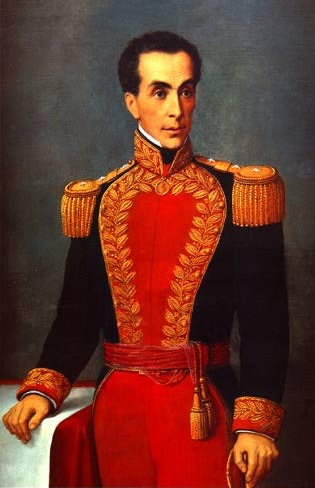
1783 He was born on July 24 in Caracas, in the bosom of a wealthy family. 1792 He remains an orphan and goes to the care of his maternal grandfather and later of his uncle Carlos Palacios. 1799 Travels to Spain to complete your studies. 1802 Marries in Madrid with María Teresa Rodríguez del Toro. 1803 Return to Caracas. María Teresa dies of yellow fever. Bolivar embarks on a new journey through Europe. 1805 Attend the coronation of Napoleon. Determined to liberate the Spanish-American colonies from the Spanish yoke, he pronounced the Oath of Monte Sacro in Rome. 1807 Returns to Caracas. 1811 He joins the army as Colonel under Francisco de Miranda. 1812 After the surrender of Miranda, he moves to Curaçao. 1813 Reconquista Venezuela in the so-called Admirable Campaign. He is named captain general of the armies of Venezuela and receives the title of Liberator. 1814 Defeated again, retires to Jamaica. Write the Letter of Jamaica. 1821 After several expeditions and battles, he obtains the final triumph in the battle of Carabobo, which ensures the independence of Venezuela. Two years before he had proclaimed in Angostura the Constitution of the Republic of Great Colombia, which was to include the republics of Colombia, Venezuela, Ecuador and Panama. 1822 Together with Sucre, in coordinated action, he achieved the liberation of Ecuador. 1824 Victory over the Royal Army of Peru in Junín. Sucre, on the other hand, defeats the royalists in the decisive battle of Ayacucho. 1825 The provinces of Upper Peru are constituted in the Bolivar Republic, the embryo of the Republic of Bolivia. 1826 Returns to Caracas to quell La Cosiata, the Venezuelan separatist movement led by Paez. 1827 In the Congress of Panama the separatist anxieties among the young liberated republics are evident. 1830 In the midst of an advanced process of dissolution of Gran Colombia, he died on December 17.
TOP 10:
ARISTOTLE
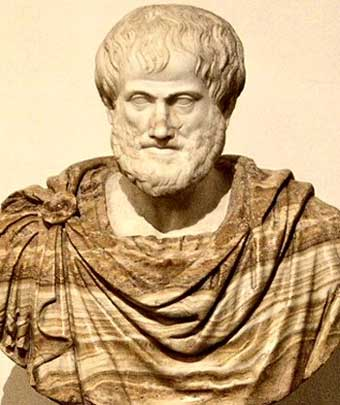
384 BC He was born in Estagira, Macedonia (hence his nickname of El Estagirita). 367 BC He moved to Athens to study at the Academy of Plato, where he later worked as a teacher. 347 BC Plato dies. 348 BC He moves to Axos, where he serves Hermias de Atarneo. During this stage it contracts marriage with Pythias, niece of Hermias, with which it had a daughter. After the premature death of Pythias, he married Erpilis, with whom he has a son, Nicomachus, to whom he dedicated his Nicomachean Ethics. He also writes his Policy. 345 BC After the murder of Hermias, he settled in Mytilene (Lesbos). He is dedicated to the study of biology with Theophrastus. 343 BC Philip of Macedon hired him as guardian of his son Alexander. 334 BC Upon Alexander's accession to the throne, Aristotle returned to Athens and founded the Lyceum. In this stage he produces most of his work. 323 BC The death of Alexander raises an anti-Macedonian wave in Athens that forces Aristotle into exile. 322 BC He dies on the island of Chalcis, his mother's land, at sixty-two years of age.
TOP 9:
CHARLES DARWIN
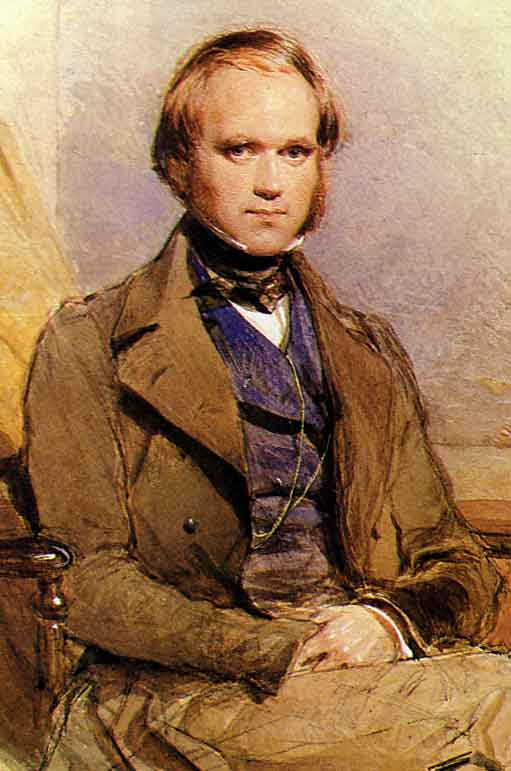
1809 Born in Sherewsbury. 1825 He entered the University of Edinburgh to study medicine. 1828 The theology career begins in Cambridge. 1830 The botanist John Henslow awakens Darwin's interest in natural history. 1831-1836 Travel with the Beagle as a naturalist for a voyage of exploration. 1837 Moves to London. 1839 Post Travel of a naturalist around the world in the HMS Beagle. 1842 First draft of the theory of evolution. It is installed in Down. 1858 Joint presentation, before the Linnear Society, of the selection theory of Darwin and AR Wallace. 1859 Publishes The Origin of Species. 1862 Publication On the intervention of insects in the fertilization of orchids. 1871 Publishes The Descent of Man and Selection in Realtion to Sex (Human Descent and Sexual Selection). 1877 First translation into Spanish of The Origin of Species. 1881 Publication On the influence of earthworms on the formation of topsoil. 1882 Dies in Down.
TOP 8:
THOMAS EDISON
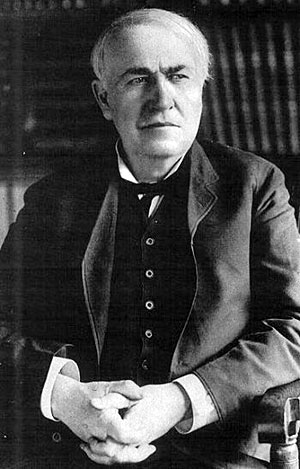
1847 Born in Milan, Ohio (USA). 1859 He starts working as a newsboy on the railroad. 1862-67 Works in different cities as a telegraph operator. 1868 Installs in Boston. He registered his first patent, an electric vote counter, which he offered to Congress but was rejected. 1869 Installs in New York. Invented for the Western Union the printer Edison Universal Stock Printer 1876 Creates the first research laboratory in Menlo Park. 1877 Invent the phonograph. 1879 Develops the first practical incandescent filament lamp. 1883 Discover the physical effect that bears his name. 1885 Creates the Edison Laboratory, in West Orange, New Jersey. 1894 Invents the Kinotoscope Parlor, a rudimentary film machine. 1931 Dies in West Orange, New Jersey (USA).
TOP 7:
GALILEO GALILEI
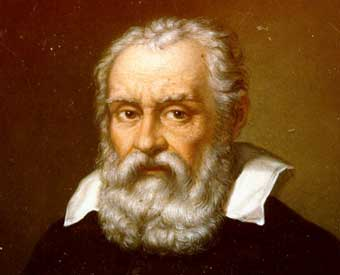
1564 Born in Pisa. 1574 The family moves to Florence. 1581 He interrupts his medical studies to study mathematics with O. Ricci. Discover the isochronism of pendulum oscillations. 1586 Build the hydrostatic balance to determine specific weights. 1589 Professor of mathematics in Pisa. 1592 He holds a chair of mathematics at the University of Padua. Invent the gas thermometer. 1609 Constructs the telescope in imitation of the one invented in Holland around 1600. 1610 Publishes the Sidereus Nuncius (The Messenger of the Stars). Discover the phases of Venus. 1611 Enter the Accademia dei Lincei, the first scientific society of the time. 1615 He is denounced to the Inquisition by the Dominican P. Lorini. 1616 Condemnation of the Copernican system by the Holy Office. 1623 Publishes Il Saggiatore (The assayer). 1624 Pope Urban VIII receives him in Rome. 1630 He presents his Dialogue on the two highest systems in the world to censorship. 1633 Condemned by the Holy Office following the publication of its Dialogue. 1637 The prison is commuted to the one of arrest in his house. Discover the libration of the Moon. 1638 His Discorsi are published in Leiden. 1642 Dies in Arcetri.
TOP 6:
CHRISTOPHER COLUMBUS
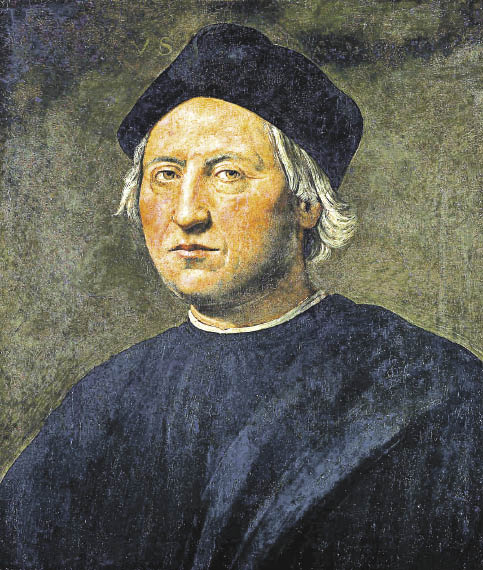
1451 Born in Genoa. 1469 Trip through the Mediterranean. 1476 Establishes in Portugal as a commercial agent and makes several trips. 1477 Wedding in Lisbon with Felipa Moniz. 1482 Proposes to the Portuguese court to reach the Indies crossing the Atlantic. Your plan is rejected. 1485 He moves to live in Spain. 1486 He is received by the Catholic Monarchs. 1491 The Catholic Kings agree to their project. 1492 Sail of the port of Palos. On October 12 it arrives in the Bahamas, and later in Cuba and Santo Domingo. 1493 Second voyage and foundation of La Española. 1498 Third trip, departing from Sanlúcar de Barrameda, with six caravels. Discover Trinidad and reach the mainland. 1500 Apresado in Santo Domingo by Bobadilla, is returned to Spain. 1502-1504 Fourth and last trip. 1506 Dies in Valladolid.
TOP 5:
GHANDI
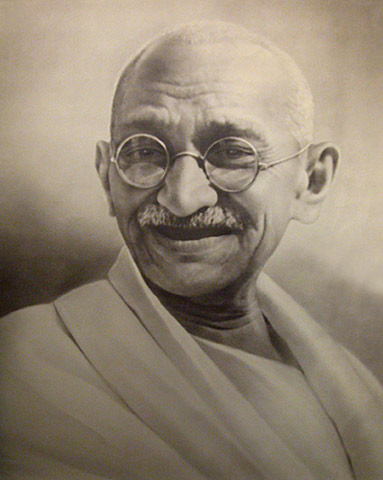
1869 Born in Porbandar, India. 1882 Marries Kastubai Nakanj. 1888 First trip to England. 1891 He obtains the title of lawyer and returns to India. 1893 He moves to South Africa, where he works for the Indians living in that country. 1915 In India again, it joins the Indian national movement. 1919 Amritsar Massacre. 1922 First campaign of civil disobedience. He is sentenced to prison. 1930 March of the salt. 1931 Trip to London to participate in the Round Table Conference. 1933 Campaign in favor of the untouchables. 1940 Boycott of Indian intervention in the war. 1947 Independence of India. Separation of Pakistan. 1948 He is killed by a Hindu fanatic in New Delhi.
TOP 4:
ISAAC NEWTON
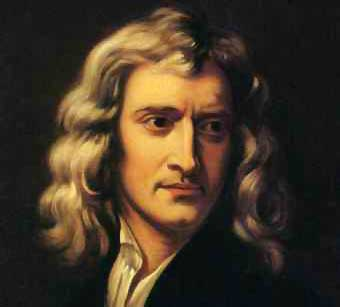
1642 Born in Woolsthorpe, Great Britain. 1661 Enters at Trinity College, Cambridge. 1666 First ideas about the law of universal gravitation, raised by the contemplation of the fall of apples, according to the famous anecdote. 1669 He succeeds Isaac Barrow as a professor of mathematics. 1671 Write Method of fluxions and infinite series. 1675 Reading in the Royal Society of his Hypothesis to explain the properties of light. 1687 First edition of the Mathematical Principles of the philosophy of nature, in which establishes the three fundamental laws of physics and the law of universal gravitation. 1688 He is elected member of Parliament, representing the University of Cambridge. 1699 He is appointed director of the Casa de la Moneda. 1703 He is elected president of the Royal Society, a post he will occupy until his death. 1704 The first edition of the Optics or Treaty of reflections, refractions, inflections and colors of light is published. 1705 He is granted the title of sir. 1713 Second edition of the Principia. 1718 Second edition of the Optics. 1727 Dies in London.
TOP 3:
WALT DISNEY
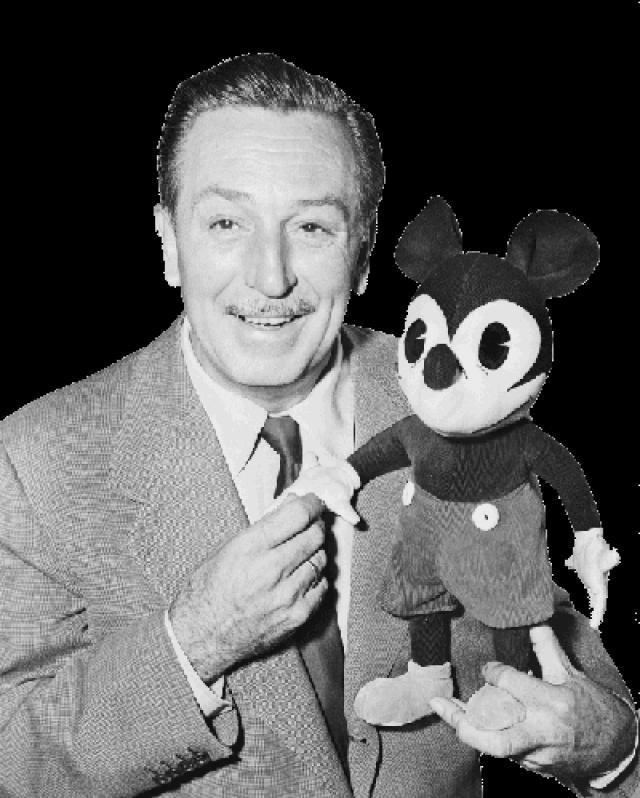
1901 Born in Chicago, Illinois. 1909 Moves with his family to Kansas City. 1911 Study drawing at the Kansas City Art Institute. 1918 Part to Europe and participates in the First World War as ambulance driver of the Red Cross. 1919 Returns to Kansas City. He works in an advertising agency, where he meets Ubbe Iwerks. 1921 Together with Iwerks, he produces his first animated films and founds the company Laugh-O-Gram Films. 1923 After the failure of the company, it goes to Hollywood. He creates with his brother Roy the studio Disney Brothers, which is incorporated a year later Ubbe Iwerks. 1925 Marries Lillian Bounds. 1926 The studio is renamed Walt Disney Studio. 1927 Create the character Oswald, a cute bunny who stars in a series of short films. 1928 Gets a great success with the mouse character Mickey Mouse in the movie Willie on the steamboat. 1929 Begins to obtain benefits from the commercialization of products with the image of Mickey Mouse. 1930 The first book of Mickey Mouse drawings is published. 1932 Starts the series Silly symphonies, in technicolor. 1934 Create the character of Donald Duck. 1937 Produces the first animated film in the history of cinema: Snow White and the Seven Dwarfs. 1940 Produce Pinocchio and the innovative Fantasy. Finish the construction of his new studios in Burbank. He begins to collaborate with the FBI as an anticommunist informant. 1941 A strike caused by low wages paralyzes the studies for a year. 1943 For the first time, combine cartoons and real actors in Greetings, friends. 1947 Openly collaborates in the "witch hunt" of the Committee of Un-American Activities. 1948 Begins the production of documentaries with the series of shorts Aventuras de la vida real. 1954 Begins to produce cartoons for television. 1955 Inaugurates the Disneyland amusement park in Anaheim, California. 1964 Produce Mary Poppins, first feature film with real actors. 1966 Dies in Los Angeles, California.
TOP 2:
LEONARDO DA VINCI
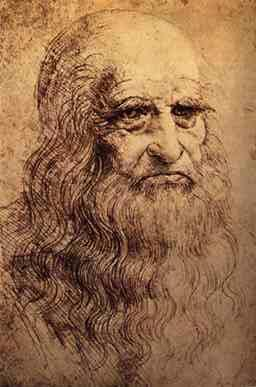
1452 Born in Vinci (Italy). 1466 He enters as an apprentice in the workshop of Andrea del Verrocchio. 1472 It is inscribed in the Rosso Book of the debitori creditori of the Florentine Painters Association. 1478 Paints the great unfinished altarpiece of the Adoration of the Kings (Gallery of the Uffizi). 1481 Requests Ludovico el Moro to enter his service as an engineer, inventor, architect and artist. 1482 Leaves the court of the Medici and appears before Ludovico Sforza in Milan, where he will remain seventeen years. 1483 He started painting the Virgin of the Rocks, which he did not give until 1490. 1494 Divina proportione, by Luca Pacioli, illustrated by Leonardo, was published. 1495 The decoration of the Camerini begins in the residence of the Sforza. 1498 The mural painting of The Last Supper is finished, in the refinery of Santa Maria delle Grazie, in Milan. Start with Luca Paccioli studies in mathematics and geometry. Make the portrait of Lucrezia Crivelli. 1499 Moves to Venice. 1503 Carry out the projects for the channeling of the Arno. Start painting the portrait of Lisa Gherardini, La Gioconda. 1506 Returns to Milan called by Charles d'Amboise, as architect and painter of the court. 1507 Works on flight experiments. 1513 He settles in Rome at the service of Giuliano de Médicis. He begins his treatise on the art of painting. 1516 He was invited to France as the first painter of the court by King Francis I, who assigned him the private residence of the castle of Cloux. 1519 Dies in Cloux.
TOP 1:
ALBERT EINSTEIN
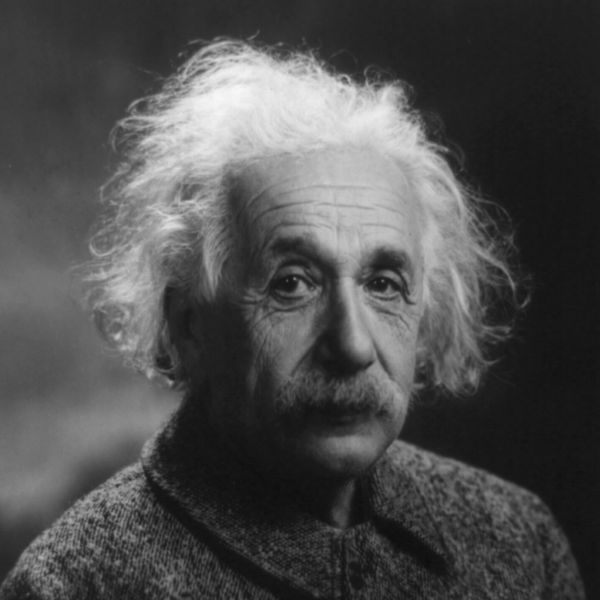
1879 Born in Ulm. 1896 He began his higher studies at the Federal Institute of Technology in Zurich. 1901 Acquires Swiss citizenship. 1902 He enters as an official at the Federal Patent Office in Bern. 1903 He marries Mileva Maric, with whom he will have two children. 1905 He publishes his first articles in which he addresses the fields of Brownian movement, the photoelectric effect and special relativity. 1909 He obtains his first position of professor at the University of Zurich. 1913 He is appointed director of the Kaiser Wilhelm Institute of Physics in Berlin. 1916 Publishes the general theory of relativity. 1919 Divorced from Mileva, he marries Elsa, a cousin of his. 1920 Meet Leo Szilard, with whom he will develop inventions such as a refrigerator and an electromagnetic pump without moving parts. 1921 Receives the Nobel Prize in physics. 1933 He leaves Germany and lives in exile in France, Belgium, the United Kingdom and the United States, a country where he is received with enthusiasm. There he will be professor of theoretical physics at the Institute of Higher Studies of Princeton. 1939 Letter to Roosevelt asking him to undertake a research program on the atomic bomb. 1940 Adopts the American nationality. 1945 He retires from teaching to be able to develop his theoretical investigations exclusively. 1955 Dies in Princeton (USA).
More lists

